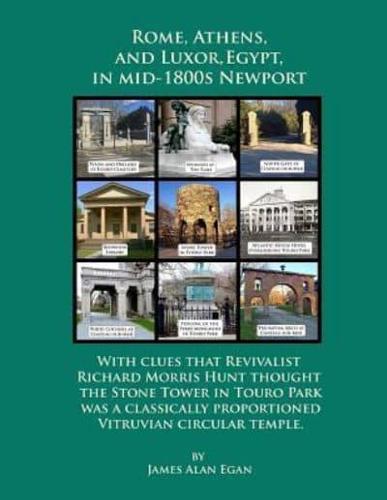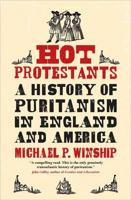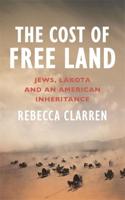Publisher's Synopsis
Richard Morris Hunt visited Rome, Athens, and Luxor: Egyptian obelisks, and sphinxes. Classical Greek columns. Roman triumphal arches. Sounds like sites on a trip around the Mediterranean. But all these things were built in Newport, Rhode Island, in the mid-1800s. And they can still be seen today. A key figure in this Revival architecture was Richard Morris Hunt, the first American to attend the Ecole des Beaux-Arts in Paris. While working in Europe, he traveled to Egypt, Greece, and Rome. He sketched and explored the buildings of antiquity and of the Renaissance. And he learned the current trend of blending various influences into a new style of architecture called Neo-Grec. Hunt was also influenced by the new scientific art form that was all the rage in mid-century Paris: Photography. Hidden in Hunt's houses, gateways, and statue pedestals are silent stories about perspective, symbolism, and special numbers. Modern visitors to Newport are in awe of the mansions Richard Morris Hunt designed along Bellevue Avenue. But Hunt was in awe of one special building in Newport: the Stone Tower in Touro Park. He didn't know built it. But he left us a trail of clues about what he felt the building originally looked like.










